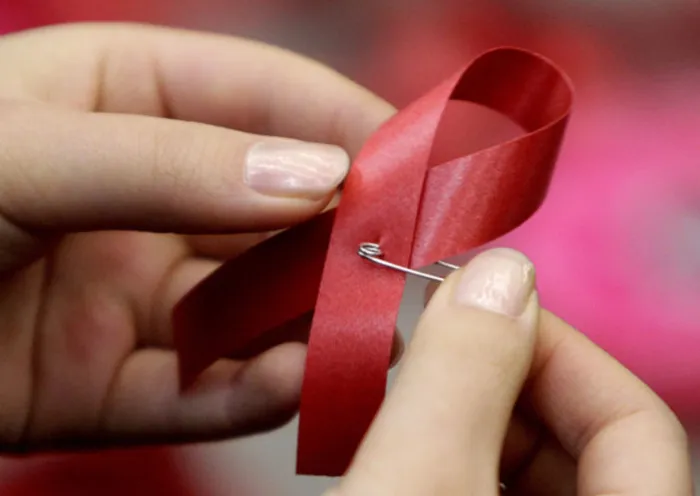New strategy in fight against HIV/Aids

A student makes an AIDS red ribbon during a World AIDS Day event in Beijing, December 1, 2010. China has reported more than 68,000 AIDS-related deaths as of the end of October, up nearly 20,000 year on year, according to official figures released on November 29, Xinhua News Agency reported. REUTERS/Jason Lee (CHINA - Tags: HEALTH SOCIETY ANNIVERSARY) A student makes an AIDS red ribbon during a World AIDS Day event in Beijing, December 1, 2010. China has reported more than 68,000 AIDS-related deaths as of the end of October, up nearly 20,000 year on year, according to official figures released on November 29, Xinhua News Agency reported. REUTERS/Jason Lee (CHINA - Tags: HEALTH SOCIETY ANNIVERSARY)
Johannesburg - It is considered to be one of the most important global health goals of our time – finding a cure to the virus close to 40 million people worldwide live with.
And on Monday, a comprehensive new strategy, developed by the International Aids Society (IAS), was published online in the journal Nature Medicine, presenting priorities for research to develop that.
The new IAS Global Scientific Strategy: Towards an HIV Cure 2016 was developed over two years by a 59-member IAS International Scientific Working Group and reviewed through an “extensive global peer-consultation process”.
“Not long ago, few considered the possibility that a cure for HIV infection could some day be possible,” said Nobel laureate and co-chair of the IAS Towards an HIV Cure Initiative, Francoise Barre-Sinoussi.
“Today, thanks in part to advances such as the cure of an HIV-infected individual through a stem cell transplant, the identification of a small cohort of individuals who are able to control infection following treatment, and some noteworthy advances in cell, gene and immune therapy, the search for a cure has become a top priority in HIV research.
“In 2016, that search is marked by growing scientific interest, an increasing number of novel research strategies in development, and a new optimism that a cure or sustainable remission for HIV is feasible.”
According to the IAS, the strategy is a “comprehensive roadmap” identifying the most pressing gaps in HIV cure research, with recommendations to overcome them for researchers, donors and other stakeholders.
The strategy analyses current progress and makes concrete recommendations to advance the search for HIV cures in these seven focal areas.
On Saturday, advances in HIV cure or remission research will be a major focus of the 21st International Aids Conference 2016, which begins with the fifth annual Towards an HIV Cure Symposium in Durban.
The new strategy builds on the first IAS cure strategy, published in 2012, which presented the first global roadmap to HIV cure research.
This “second chapter” in the search for a cure outlines the past achievements and future priorities in basic, translational, clinical and social sciences research, along with a new focus on aspects of HIV cure research that have achieved greater significance since 2012.
This includes the benefits of early treatment with antiretroviral therapy and the potential of post-treatment control.